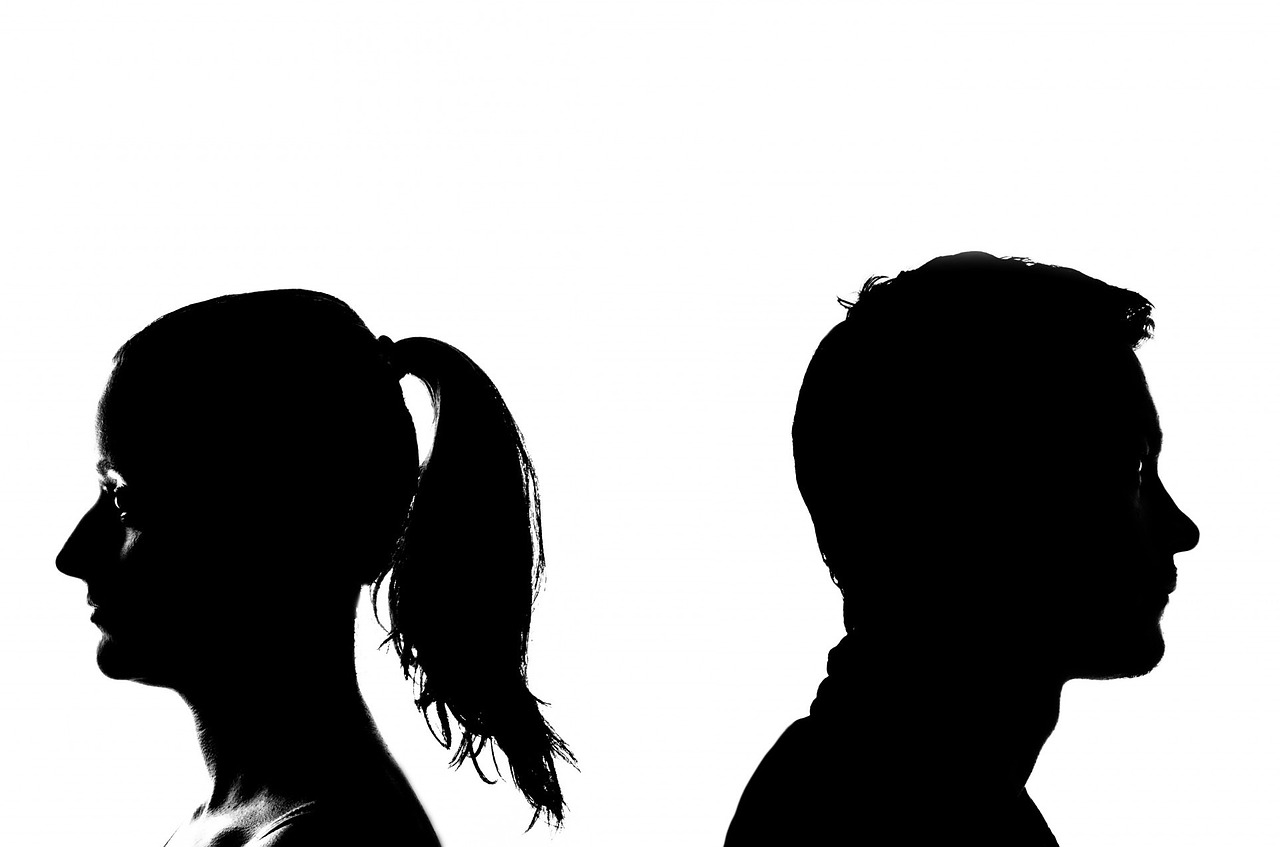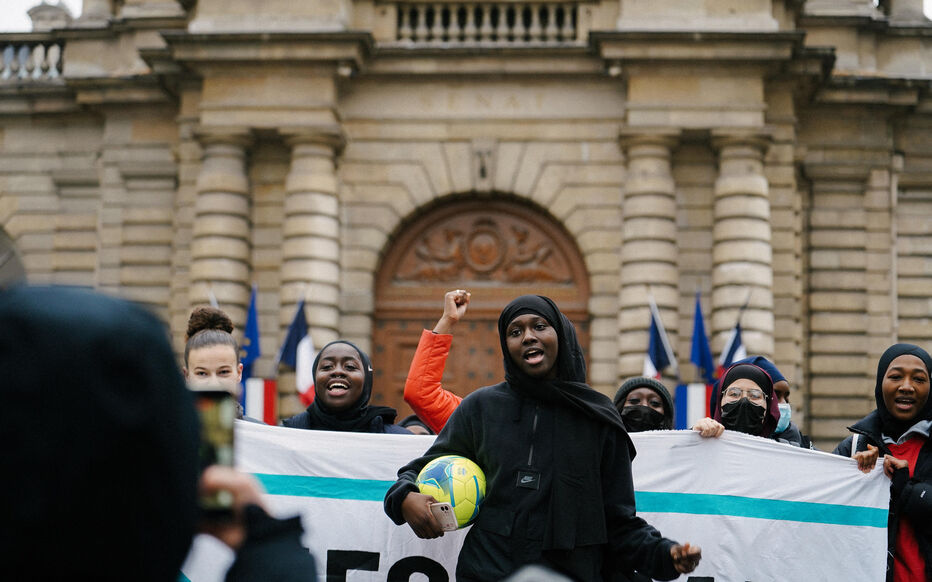As gender politics go, it was unquestionably a modest step, but in Bradford’s Carlisle business centre the development felt seismic.
For five years Haniya had been striving to secure a job in digital marketing. It seemed not to matter that the 28-year-old had the qualifications, the aptitude, the ambition. Friends watched her confidence drain away. Haniya considered removing her hijab, the Islamic headscarf. Burying the fact she was a Muslim became the final option.
In front of 50 women at the centre in Bradford’s Manningham district, Haniya announced she’d finally entered the workplace. “That was great news, but for many discrimination within the labour market, along with a lack of opportunities, creates a fatigue that eventually erodes self-esteem,” said Bana Gora, chief executive of Bradford’s Muslim Women’s Council .
Haniya had triumphed where most peers had failed. Being a Muslim woman in Brexit Britain offers few advantages but does guarantee membership to the most economically disadvantaged group in UK society. In Manningham, where the last census found three-quarters of its 20,000 population were Muslim, the prevailing concern is that emboldened bigotry and Islamophobia unleashed in the wake of the Brexit vote threatens to marginalise Muslim women to the point that they are effectively excluded.
Seven miles from the business centre, past Bradford’s central mosque and south along the A651, lies the west Yorkshire market town of Birstall. Here, outside its library at 12:53pm on 16 June, Labour MP Jo Cox was fatally attacked by an extreme rightwing terrorist as the EU referendum campaign approached its finale.
Cox’s murderer Thomas Mair was sentenced to prison for the rest of his life. The 53-year-old is a white supremacist who considers immigration anathema to British values and who hoped his crime would inflame multicultural tensions.
The government’s forthcoming report into integration – the first state-backed exploration of the issue for 15 years – arrives against a febrile backdrop. Conceived in July 2015, the report’s lead author, Louise Casey, appreciates that the debate on race, the self-identity of Britain itself, has shifted dramatically since its inception.
But the report’s main thrust remains unaltered, namely attempting to improve “opportunity and integration” for ethnic minorities who largely remain on the outside looking in. Issues of segregation and inequality remain, factors identified in the wake of the 2001 race riots that engulfed Manningham and prompted a Home Office report that identified parallel lives between ethnicities that “do not touch at any point, let alone overlap”.
Gora says things have improved vastly in the period since, but the shift of Islamophobic rhetoric into the mainstream has perturbed Bradford’s Muslim women.
“These are scary times, there’s a heightened fear and anxiety over what the future holds. The Muslim community feels it’s under a magnifying glass. The rhetoric in the media, constant negative messages being disseminated. It’s unsettling,” she said. Even in Manningham, racist attacks have happened. “We’ve had women with their headscarves ripped off,” said Gora nodding to Carlisle Road, lined with charity stores and a green-domed masjid.
Casey’s 17-month investigation across the UK, which included a visit to Manningham’s business centre, found that Muslim women were being squeezed further from mainstream society. Many had given up trying to find a job. Acquiring economic independence, pursuing a career, meeting new people had become a pipe dream for the majority. A three-tiered system of discrimination was discovered: being a woman, being from an ethnic minority, and finally being a Muslim.
Few are holding their breath. Critics say the principal word in Casey’s review – integration – is clumsy and loaded, giving the impression that unless ethnic minorities commit to total assimilation they have failed.
Yet in this corner of West Yorkshire there is also hope. Concerned that the buoyant textile industry near Bradford was employing low levels of Muslim women, the council introduced initiatives to entice its local Pakistani and Bangladeshi workforce into a sewing academy. Mark Clayton of Bradford council said: “Women are by far the largest group adversely affected directly by inequality, which can be compounded by economic, social and cultural barriers.”
It is a truth that affects most of the UK’s estimated 1.5 million Muslim women, a societal bias that Casey’s report hopes to start addressing.
Sources
https://www.theguardian.com/world/2016/nov/27/bradford-muslim-women-integration-casey-report






